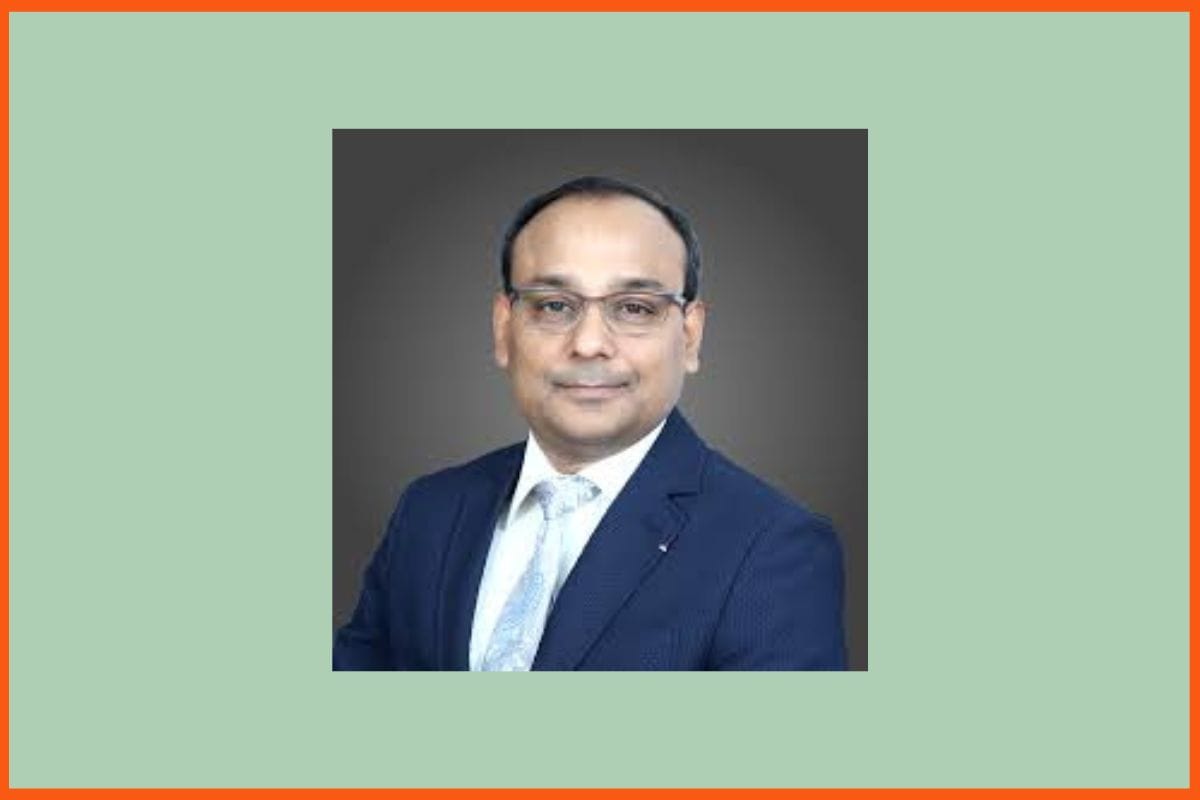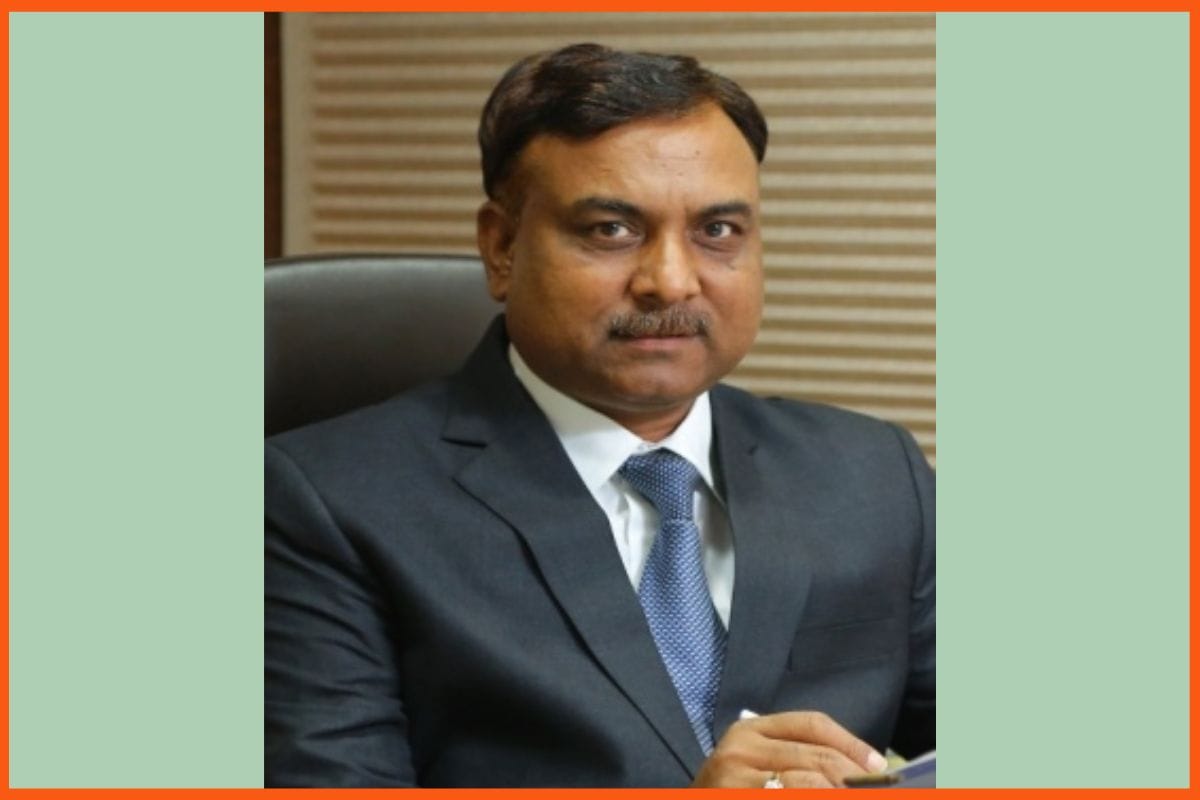When people discuss India’s wealthy people, the spotlight falls on metro cities such as Mumbai or Delhi. However, what is often overlooked is that Uttar Pradesh has quietly been producing its own set of billionaires and influential business leaders. Furthermore, some of them built their fortunes through tech and software, while others turned everyday products like biscuits, detergents, and consumer goods into household names.
UP’s wealthy include both tech entrepreneurs and traditional industrialists. Together, they have massively boosted the state’s economy. Their success proves you don’t need to be in a major city. Instead, success comes from determination and taking smart risks, even in less expected places.
This blog looks at the top 10 Richest People in Uttar Pradesh in 2025. The list is based on verified financial reports, company performances, and trusted media sources. These individuals are much more than numbers on a rich list. They are the ultimate job creators, innovators, and, in many cases, individuals who started small before building their businesses into empires.
Industrialists and Innovators: Top Richest Business Tycoons from Uttar Pradesh
Industrialists and Innovators: Top Richest Business Tycoons from Uttar Pradesh
Uttar Pradesh is known for its history and politics, but it’s also home to many of India’s richest businesspeople. The wealthiest person here shows that success comes from vision and hard work. This list includes people from different industries like FMCG, real estate, and education, showing how many ways there are to succeed in UP’s business world.
Muralidhar Gyanchandani – INR 14,000 Crore
| Company | RSPL Group (Ghadi Detergent) |
|---|---|
| City | Kanpur |
| Industry | FMCG |
| Background | Born into a Sindhi family in Kanpur |
| Family Support | Runs the business with his brother, Bimal |
| Lifestyle | Owns luxury SUVs and prime properties but prefers a simple life |
| Main Income | Sale of Ghadi Detergent and other RSPL products |
| Contribution | Created thousands of jobs in Uttar Pradesh and made Ghadi a household name |
Muralidhar Gyanchandani stands as the richest person in Uttar Pradesh today. His journey showcases how persistence, family values, and strategic business moves can turn a regional brand into a national success story.
Bimal Gyanchandani – INR 9,000 Crore
| Company | RSPL Group (Ghadi Detergent) |
|---|---|
| City | Kanpur |
| Industry | Consumer Goods |
| Background | Brother and business partner of Muralidhar Gyanchandani |
| Lifestyle | Low-key personality, supports community initiatives |
| Main Income | Sale of detergents and FMCG products |
| Contribution | Played a crucial role in making Ghadi a leading Indian brand |
Bimal Gyanchandani’s focus on teamwork and innovation helped elevate Ghadi to national prominence. Alongside his brother, he has strengthened UP’s FMCG sector. His quiet dedication shows that humility and vision can go hand in hand with wealth.
Vijay Shekhar Sharma – INR 8,000 Crore
| Company | Paytm |
|---|---|
| City | Aligarh |
| Industry | Fintech |
| Background | Son of a school teacher, grew up in Aligarh |
| Family Support | Encouraged by his father |
| Main Income | Digital payments, banking, and fintech services |
| Contribution | Revolutionized digital payments in India, enabling millions to go cashless |

Vijay Shekhar Sharma is a modern-day success story, turning a small idea into India’s fintech giant. His journey from Aligarh to leading Paytm inspires young entrepreneurs nationwide. He continues to innovate and expand digital financial services across India.
Dinesh Chandra Agarwal – INR 5,400 Crore
| Company | IndiaMART |
|---|---|
| City | Noida |
| Industry | B2B E-commerce |
| Background | IT professional turned entrepreneur |
| Family Support | Built a company with family involvement |
| Lifestyle | Owns commercial properties and luxury vehicles |
| Main Income | Subscriptions and services for small businesses |
| Contribution | Connected MSMEs online, helping them grow |

Dinesh Chandra Agarwal transformed B2B commerce in India through IndiaMART. His platform empowers millions of small businesses to thrive. His entrepreneurial vision continues to influence the digital economy in Uttar Pradesh and beyond.

Sachin Agarwal – INR 4,800 Crore
| Company | Policybazaar |
|---|---|
| City | Noida |
| Industry | Fintech & Insurance |
| Background | From a business family in Noida |
| Lifestyle | Real estate investor and education charity donor |
| Main Income | Commission from insurance sales and partnerships |
| Contribution | Simplified insurance access for millions |
Sachin Agarwal has leveraged technology to make insurance accessible to all. Policybazaar’s innovative approach has reshaped India’s insurance sector. His work inspires young entrepreneurs in fintech and digital services.
Alakh Pandey – INR 4,500 Crore
| Company | PhysicsWallah |
|---|---|
| City | Prayagraj |
| Industry | EdTech |
| Background | Middle-class family, passionate about teaching |
| Family Support | Parents supported his teaching dream |
| Lifestyle | Simple life, owns studios and offices |
| Main Income | Online classes, coaching, and educational content |
| Contribution | Made quality education affordable for millions |

Alakh Pandey represents the new generation of tech-educators. His platform, PhysicsWallah, provides affordable learning to students across India. He shows that passion and dedication can create both impact and wealth.
Pradeep Kumar Jain – INR 4,400 Crore
| Company | PNC Infratech |
|---|---|
| City | Agra |
| Industry | Infrastructure & Construction |
| Background | Part of the Jain family in Agra |
| Family Support | Works with brothers Chakresh and Naveen |
| Lifestyle | Owns luxury homes, cars, and industrial equipment |
| Main Income | Government and private construction contracts |
| Contribution | Built highways and bridges across India |
Pradeep Kumar Jain has contributed massively to India’s infrastructure development. His projects connect cities and improve commerce. He exemplifies how construction and civil engineering can generate both wealth and social impact.

Chakresh Kumar Jain – INR 4,400 Crore
| Company | PNC Infratech |
|---|---|
| City | Agra |
| Industry | Infrastructure |
| Background | Brother of Pradeep and Naveen |
| Lifestyle | Owns commercial buildings and properties |
| Main Income | Roads, highways, and airport projects |
| Contribution | Improved rural and urban infrastructure in UP |
Chakresh Kumar Jain plays a key role in enhancing Uttar Pradesh’s connectivity. His projects benefit both urban and rural communities. Working alongside his brothers, he is a pillar of UP’s infrastructure growth.
Naveen Kumar Jain – INR 4,400 Crore
| Company | PNC Infratech |
|---|---|
| City | Agra |
| Industry | Civil Engineering & Infrastructure |
| Background | Youngest of the Jain brothers |
| Lifestyle | Known for strategic leadership and efficient management |
| Main Income | Public works and infrastructure contracts |
| Contribution | Built trust and reputation for PNC in construction |

Naveen Kumar Jain brings innovation and efficiency to India’s infrastructure sector. Alongside his brothers, he has transformed PNC into a trusted name. Their teamwork makes them one of UP’s most influential business families.
Yashovardhan Agarwal – INR 4,000 Crore
| Company | PriyaGold |
|---|---|
| City | Noida |
| Industry | Food & Beverages |
| Background | Family-run business |
| Lifestyle | Owns food factories, distribution networks, and luxury vehicles |
| Main Income | Biscuits, snacks, and beverages |
| Contribution | Developed PriyaGold into a top snack brand |
Yashovardhan Agarwal shows that traditional industries like food can create modern billionaires. PriyaGold has become a household name under its leadership. His success demonstrates the enduring potential of consumer goods businesses in UP.
Conclusion
Uttar Pradesh is emerging as more than just India’s political and cultural center; it’s also becoming an economic powerhouse. From Kanpur and Noida to Prayagraj and Agra, these entrepreneurs have built businesses that not only brought them immense wealth but also boosted the state’s economy and created countless opportunities.
Their ventures span diverse industries like FMCG, fintech, infrastructure, edtech, and food & beverages, showing that UP’s growth story is multi-faceted. Many of these leaders started with modest beginnings, yet through innovation, persistence, and strong family support, they turned local enterprises into nationally recognized brands. As a result, Uttar Pradesh is now not just a hub for culture and politics, but also a fertile ground for entrepreneurship, innovation, and wealth creation.

FAQs
Who are Top 10 Richest Persons in Uttar Pradesh?
Top 10 Richest Persons in Uttar Pradesh are:
- Muralidhar Gyanchandani – RSPL Group (Ghadi Detergent)
- Bimal Gyanchandani – RSPL Group (Ghadi Detergent)
- Vijay Shekhar Sharma – Paytm
- Dinesh Chandra Agarwal – IndiaMART
- Sachin Agarwal – Policybazaar
- Alakh Pandey – PhysicsWallah
- Pradeep Kumar Jain – PNC Infratech
- Chakresh Kumar Jain – PNC Infratech
- Naveen Kumar Jain – PNC Infratech
- Yashovardhan Agarwal – PriyaGold
Which industries are making billionaires in Uttar Pradesh?
Key industries driving wealth creation in Uttar Pradesh are FMCG, fintech, B2B e-commerce, infrastructure, edtech, and food & beverages.
Is Uttar Pradesh becoming a business hub in India?
Yes, Uttar Pradesh is rapidly growing into a business hub, with cities like Kanpur, Noida, Agra, and Prayagraj producing successful business leaders who contribute massively to India’s economy.






